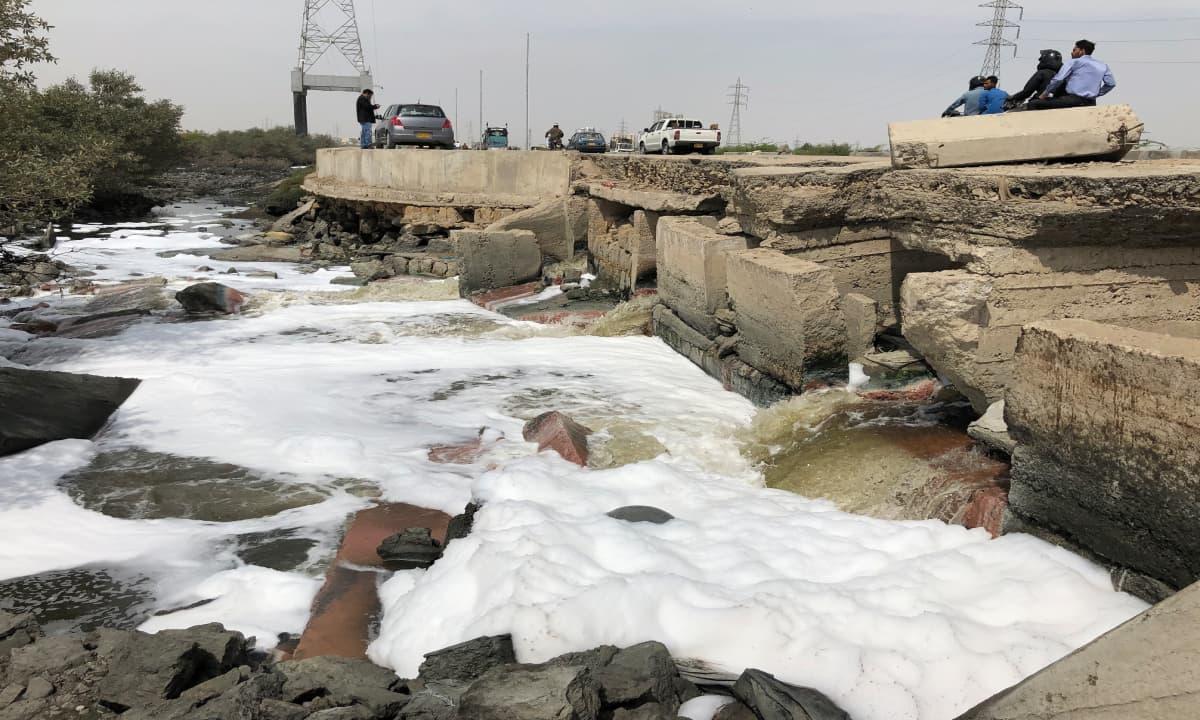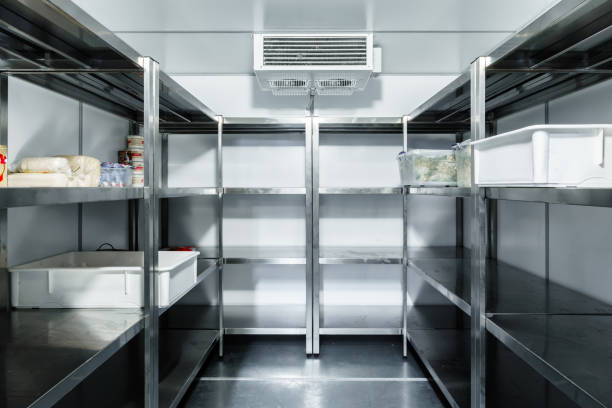We are witnessing the biggest growth phase of the industrial sector of the country. This makes it obvious that the level of industrial activity occurred is very high, thus resulting in the increasing industrial waste generation. Thus, along with each milestone which we are achieving in industrial progress, we are heading towards the bigger heaps of industrial waste. Today, in this post, we will discuss what industrial waste is, what are its effects on the environment and how this problem can be tackled? So, without any delay, let’s start the discussion.
- What is Industrial waste?
Industrial waste, in simple terms, is the waste which is generated as an unavoidable by-product of the industrial activities which are undertaken by various industrial manufacturing and processing houses. There are various types of industrial waste materials which are generated by the industrial undertakings such as scrap metals, solvents, trash oils, weed grass, chemicals, wood and scrap lumber, paper and boxes, wires, dirt and gravel, masonry and concrete etc. Apart from these, there are various kinds of industrial waste materials which originate from the various types of industries. Food industry waste is also covered in this, which has become manageable up to some extent with the help of kitchen waste incinerator. Some of these waste materials are hazardous while some are non-hazardous. Hazardous waste is generally toxic, corrosive, reactive, ignitable or radioactive. These waste materials pollute the air, water and other natural resources of the environment.
Industrial waste is usually of two types – biodegradable waste and non-biodegradable waste. Biodegradable waste is that type of industrial waste which can be decomposed into a non-poisonous matter through the action of some certain micro-organisms. These kinds of industrial waste materials generally originate from the food processing industries, slaughter houses, dairy industries, textile mills etc. These usually include the paper, animal bones, leather, wool, wheat etc. On the other hand, non-biodegradable industrial waste is that which cannot be converted or decomposed into any non-poisonous substances. Some of the examples of such type of industrial waste materials are synthetic fibres, gypsum, silver, radioactive waste, glass wastes etc.
- Effects of the industrial waste
Following are the major effects of the industrial waste on the environment. These are:
- Contaminates the water resources: All the major water resources, especially those which are nearer to the industries, are contaminated by the industrial wastes.
- Interrupts the sewage systems: Industrial waste material flows through the underground sewage system and blocks it, thus resulting into many problems for the people.
- Contaminates soil: Most of the solid industrial waste material is usually disposed off by the way of landfilling, which ultimately contaminates the upper layer of the earth, thus making it inappropriate for agricultural activities. The toxins which pollutes the soil also flows through the soil and thus pollutes the ground water resources.
- Solution of the problem
There are many modern techniques along with the traditional methods which can be adopted in order to dispose-off industrial waste. As said earlier, landfilling is one of them. There are many other disposal methods such as recycling and incineration. Incineration is one of the best disposal methods which can be used for the industrial waste. Now days, specialized industrial waste incinerator are being designed for dealing with this major problem of industrial waste management.




